Developing technologies to assess vascular ageing: a roadmap from VascAgeNet
- PMID: 38838703
- PMCID: PMC11697036
- DOI: 10.1088/1361-6579/ad548e
Developing technologies to assess vascular ageing: a roadmap from VascAgeNet
Abstract
Vascular ageing (vascular ageing) is the deterioration of arterial structure and function which occurs naturally with age, and which can be accelerated with disease. Measurements of vascular ageing are emerging as markers of cardiovascular risk, with potential applications in disease diagnosis and prognosis, and for guiding treatments. However, vascular ageing is not yet routinely assessed in clinical practice. A key step towards this is the development of technologies to assess vascular ageing. In this Roadmap, experts discuss several aspects of this process, including: measurement technologies; the development pipeline; clinical applications; and future research directions. The Roadmap summarises the state of the art, outlines the major challenges to overcome, and identifies potential future research directions to address these challenges.
Keywords: ageing; arterial stiffness; blood pressure; cardiovascular; commercialisation; prevention; pulse wave velocity.
Creative Commons Attribution license.
Conflict of interest statement
S Zanelli collaborates with Axelife, a company that designs and develops devices for assessing vascular ageing.
S Zanelli collaborates with Axelife, a company that designs and develops devices for assessing vascular ageing. P Charlton has performed consultancy work for companies developing PPG sensors.
Figures
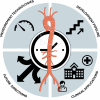


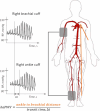


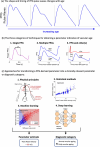






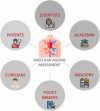
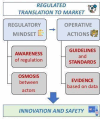



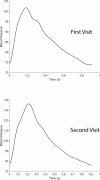







References
Publication types
MeSH terms
Grants and funding
LinkOut - more resources
Full Text Sources
Medical
